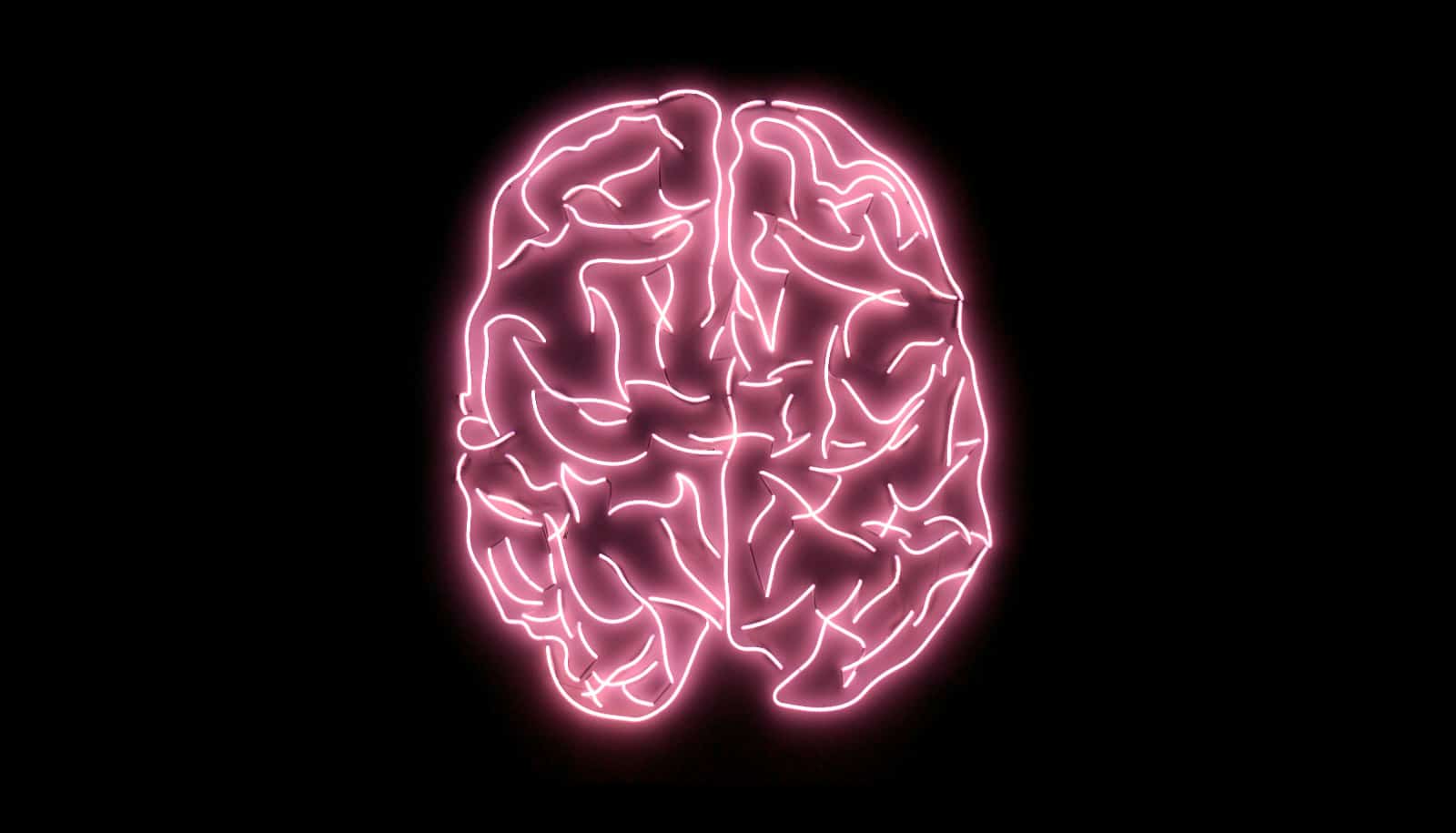The brains of some adults with autism are able to compensate for language comprehension challenges that are a hallmark of the disorder in children, research shows.
Children with autism have difficulty sorting out pairs of words that are unrelated—like “clock” and “frog”—from those that are related—like “baby” and “bottle”—making it hard for them to process written or spoken language. Scientists have believed that for most children with autism, this struggle with language persisted throughout their lives.
But a study in the Journal of Autism and Developmental Disorders indicates that at least some adults with autism process unrelated words as well as adults without the disorder—and that their brains use distinct learning strategies to do so.
“There is often an assumption that people with autism will always have problems understanding the meaning of language,” says Emily Coderre, a postdoctoral fellow in neurology at Johns Hopkins University School of Medicine. “But our results suggest that adults with autism seem to use an alternative mechanism to process language that results in a different pattern in the brain.”
Drug may make chatting easier for people with autism
For the study, researchers recruited 20 adults with mild to moderate autism spectrum disorder. Some were diagnosed early in life, others in adulthood. Twenty people without autism served as a control group.
All participants completed a 90-minute computer task, deciding whether pictures or words were related (e.g., baby and bottle) or unrelated (e.g., frog and clock). The computer screen showed a picture or a word for one second and, after a brief pause, displayed the second picture or word.
Researchers used an electroencephalogram to monitor participant brain electrical activity. People with typical development have a spike on their EEGs during the 200- to 800-millisecond window following the second word or photo. Researchers believe the so-called N400 response reflects the brain’s ability to recognize that something is “off” when two words or pictures aren’t related in a meaningful way.
Contrary to findings from earlier studies in children with autism, adult participants with autism had N400 spikes on the EEG readouts similar to those in participants without autism.
Brain scan software can spot adults with autism
The response in control group members occurred at 250 to 500 milliseconds in the front of the head and from approximately 400 to 800 milliseconds over the top and top rear of the head. The response in the adults with autism started later, from 400 to 800 milliseconds in both the top and top rear of the head.
From 400 to 800 milliseconds, the N400 spike was relatively evenly distributed over left and right sides of the head for the control participants, whereas in adults with autism, the spike was stronger over the right side of the head. Coderre says that these differences between the groups suggest that they used different strategies to think about the meaning of the words.
“It appears that, although the adults with autism in our study have brains that are ‘wired’ differently than those without autism, our findings strongly suggest this different wiring can still enable them to achieve good cognitive and language abilities, at least on this one measure,” she says.
“It is possible that some adults with mild or moderate forms of autism may have developed compensatory learning strategies that allow them to process language as well as people without autism,” says Coderre.
“If we can understand those compensatory strategies better, then teachers can use this information in language programs for children or those with more severe language deficits to help them develop these alternative strategies faster and earlier,” she adds. “I hope our study sends a hopeful message to people with autism or their parents.”
About 3.5 million people in the United States have autism, according to the National Institutes of Health, and about a quarter of those are nonverbal. Those with speech have difficulty with complex language processing, like understanding meaning, emotional states in the voice, or metaphors.
Funding came from the Therapeutic Cognitive Neuroscience Fund and the Benjamin and Adith Miller Family Endowment on Aging, Alzheimer’s, and Autism Research.
Source: Johns Hopkins University



